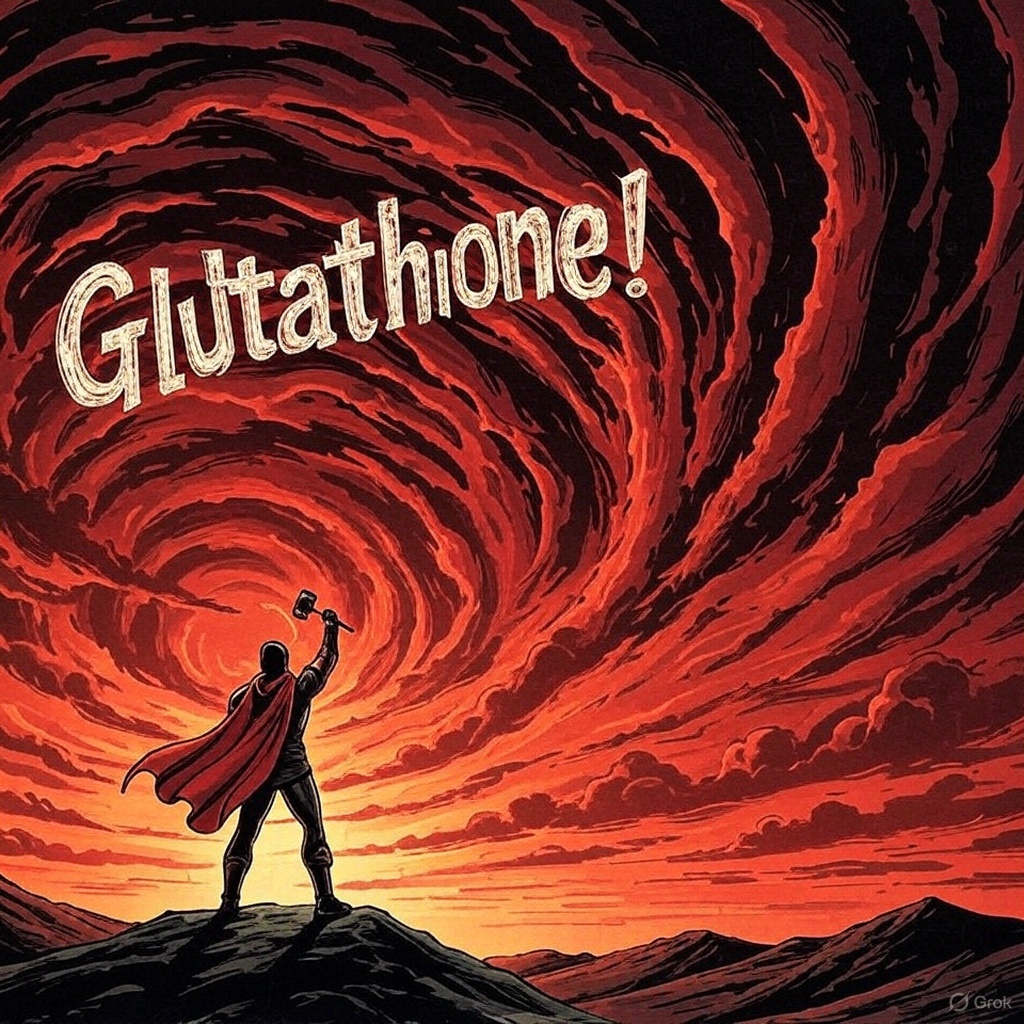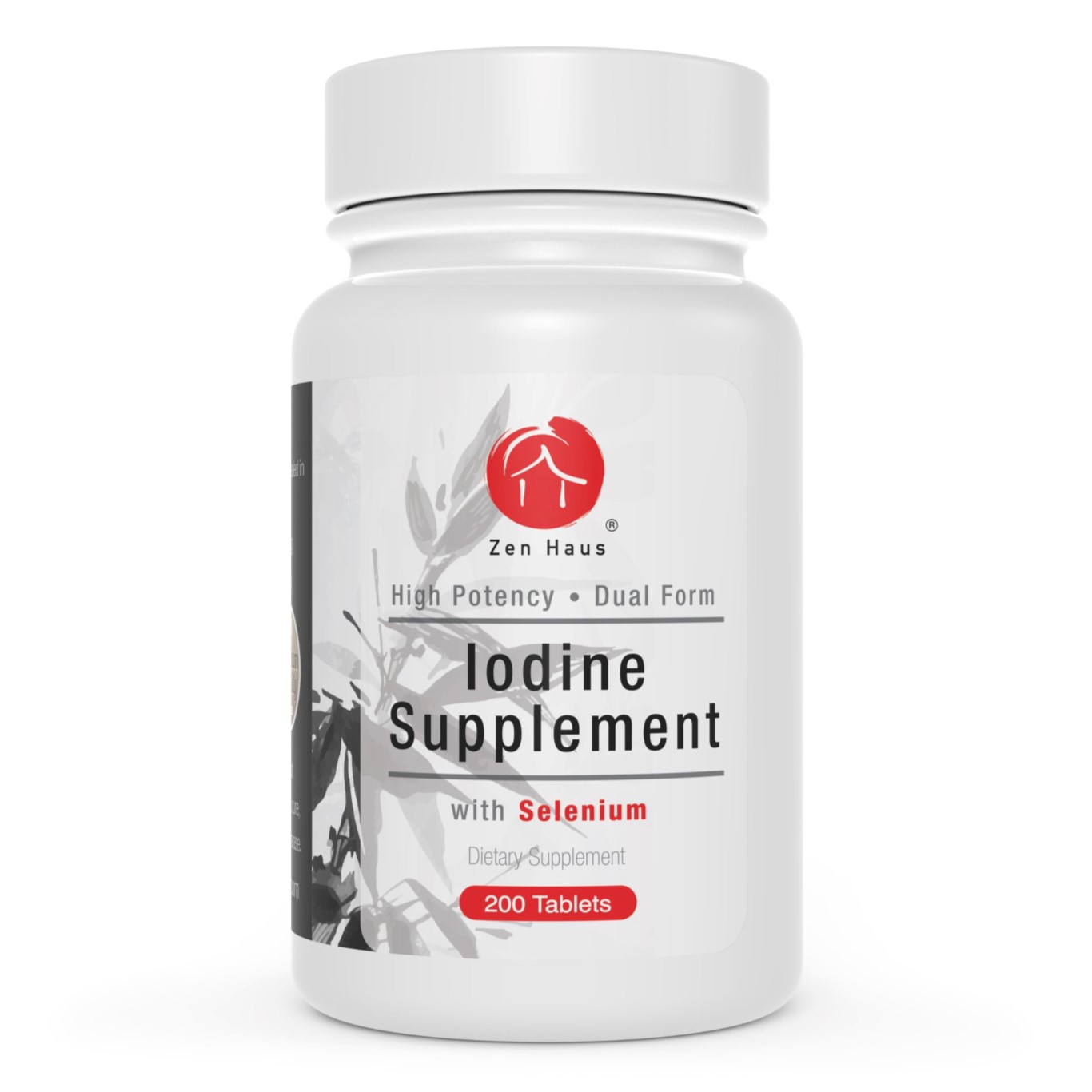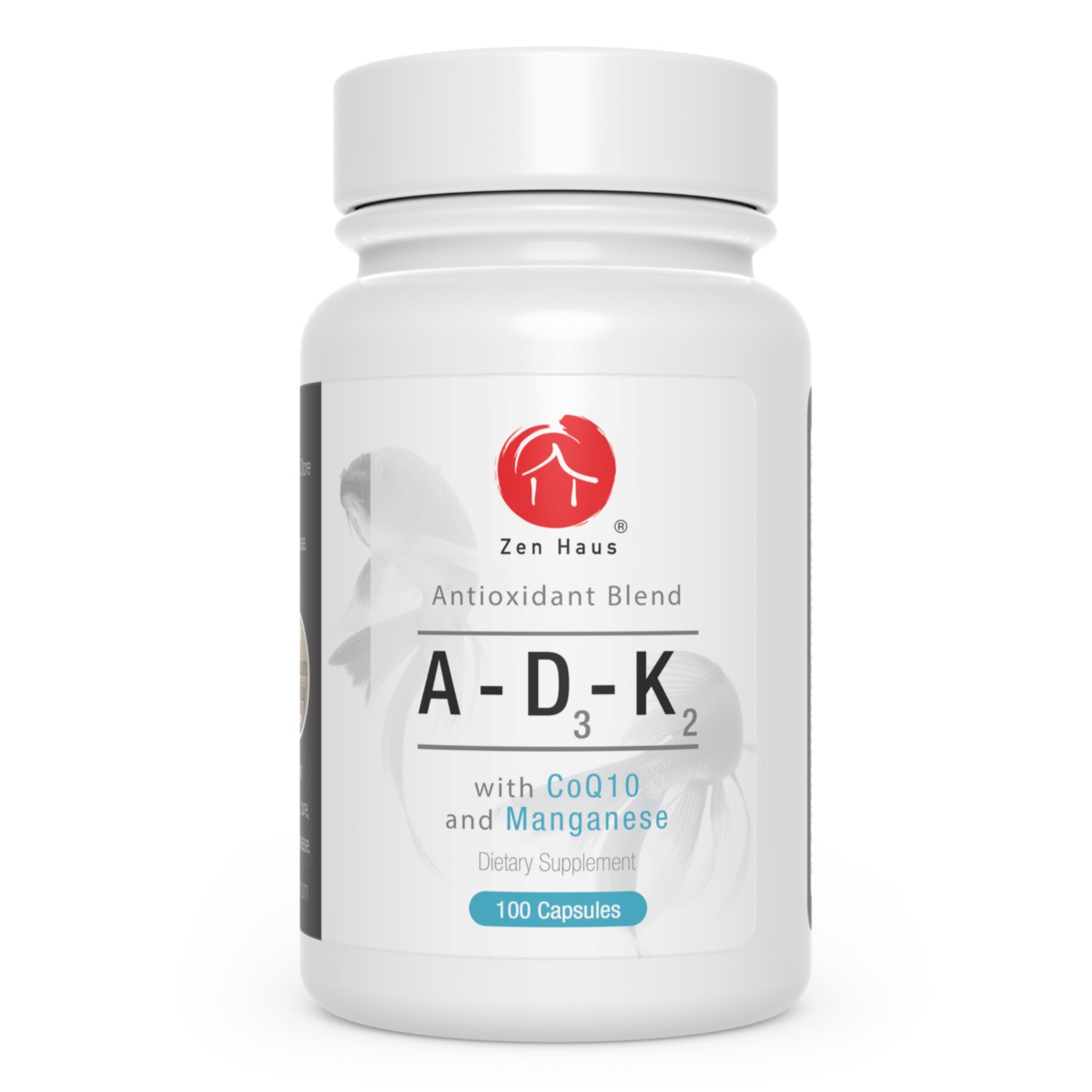The 3-Part System to Boost Your Master Antioxidant: Glutathione!
Glutathione is your body’s most critical internal antioxidant, essential for detoxification, immune function, and cellular repair. Optimizing is about supporting three distinct processes: Production, Recycling and Conservation.
Pillar 1: Production – Build New Glutathione
Your body manufactures glutathione from three amino acids: cysteine, glycine and glutamate. The process requires specific nutrient “sparks” to proceed efficiently.
The Key Building Block: Cysteine is the rate-limiting precursor. Ensure adequate intake through high-quality protein sources.
Critical Cofactors are Zinc and Vitamin B6. Zinc is an essential mineral that acts as a cofactor for the enzymes involved in glutathione synthesis. Vitamin B6 directly supports the enzymatic activity that builds the glutathione molecule and is found in a wide variety of foods.
The Foundation: Sulfur-Rich Vegetables Compounds in these vegetables are vital for supporting the natural pathways that produce cysteine. Make them a diet staple:
- Broccoli
- Cauliflower
- Kale
- Brussels Sprouts
- Garlic
- Onions
Pillar 2: Recycling – Reuse What You Have
Once glutathione neutralizes a free radical, it becomes “spent” (or oxidized). Your body has a brilliant system to recycle it back to its active form, but it needs specific nutrients to do so.
The master recycler enzyme is Glutathione Reductase. This enzyme directly converts spent glutathione (GSSG) back to its active form (GSH).
Essential Recycling Cofactors are Vitamin B2 and Selenium. Vitamin B2 (Riboflavin) is non-negotiable. This vitamin is a precursor to the coenzyme, FAD, that Glutathione Reductase requires to function. No B2, no recycling. Selenium is a core component of the enzyme Glutathione Peroxidase (which uses up GSH). Efficient recycling is required to keep this enzyme supplied, making selenium essential for the entire cycle.
Pillar 3: Conservation – Reduce the Workload
Conserve glutathione for its most vital tasks by employing other antioxidants for everyday defense, significantly reducing its workload.
The Antioxidant Network is a team of antioxidants that work in a relay. Glutathione acts as the final regenerator.
Key Nutrients for Conservation are Vitamin E, Vitamin C and Alpha-Lipoic Acid.
Vitamin E is the primary fat-soluble antioxidant that protects cell membranes. Once used, it is regenerated by Vitamin C, which prevents glutathione from being called upon.
Vitamin C is a water-soluble antioxidant that regenerates Vitamin E. Afterward, Vitamin C itself is regenerated by glutathione. This step-wise process is highly efficient and conserves glutathione resources.
Alpha-Lipoic Acid is a versatile antioxidant that can help regenerate both Vitamin C and Vitamin E, further conserving glutathione.
Lifestyle Support for All Three Pillars
Exercise: Regular, moderate activity boosts natural production of glutathione and its enzymes.
Sleep: Critical for cellular repair and detoxification processes that rely on glutathione.
Reduce Toxin Exposure: Limiting alcohol, processed foods, and pollutants prevents unnecessary depletion of your glutathione reserves.
The Bottom Line
For truly robust glutathione levels, support all three parts of the system:
- PRODUCE it by providing cysteine and cofactors like Zinc.
- RECYCLE it efficiently with Vitamin B2 and Selenium.
- CONSERVE it by maintaining a strong antioxidant network with Vitamins E & C and Alpha-Lipoic Acid to reduce its daily workload.
By adopting this holistic strategy, you promote longevity by empowering your body’s innate defense system to function at its best.
space








